Today's world military (April 20) has the following content: Russia launches Geran-2 suicide UAV launch system; South Korea tests UAV detection radar; India buys 40 more Rafale fighter jets.
* Russia launches Geran-2 suicide UAV launch system
During the rehearsal for the Victory Day Parade marking the 80th anniversary of the Victory in the Great Patriotic War , Russia introduced a new mobile launcher for the Geran-2 suicide UAV. This is the first time such a system has been shown to the public.
The UAV is approximately 3.5 m long, has a wingspan of 2.5 m, can carry a warhead weighing 50 to 90 kg, and is characterized by its relatively low cost, ease of use, and long-range capabilities. The platform has a maximum speed of approximately 180 km/h, with an operating range of up to 2,000 km, allowing it to fly in a pre-designated area before targeting. Recent versions have been observed to carry thermobaric warheads, which increase the lethality against fortified positions and infrastructure.
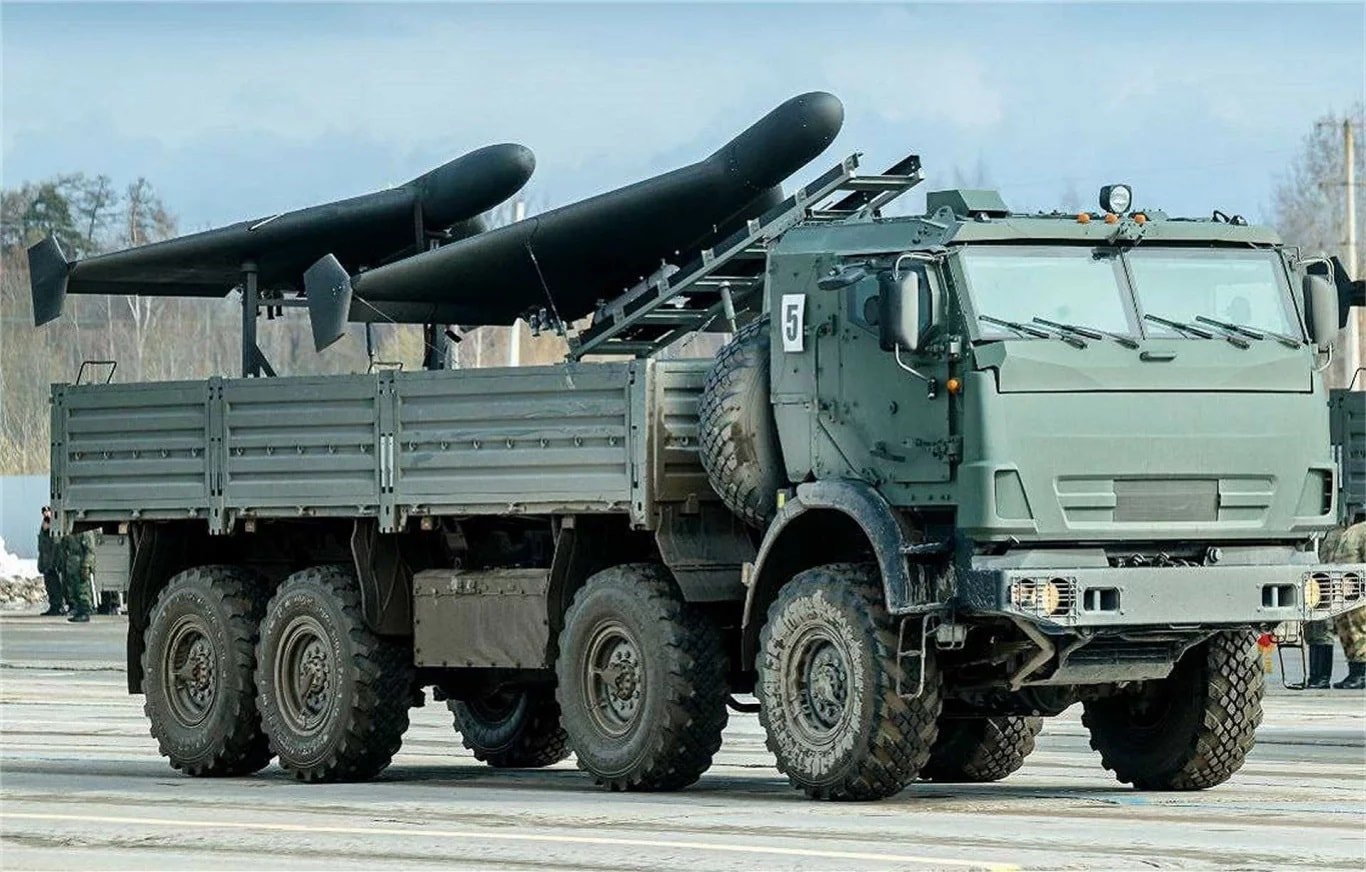 |
| Image of Russia's Geran-2 suicide UAV launcher recently appeared at the training session. Photo: Russian social network |
The newly unveiled launcher is mounted on a KamAZ-6350 8x8 military truck, a platform that is highly regarded for its mobility and versatility. The vehicle has been modified to support kamikaze UAV operations by incorporating an armored cabin that protects the crew from small arms fire and shrapnel. A monorail launcher is mounted at the rear of the vehicle to launch the Geran-2 UAV.
The integration of the Geran-2 UAV into mobile platforms is expected to bring a number of tactical advantages on the modern battlefield. The platform's mobility, precision strike capabilities and long-range operations allow for continuous surveillance and attack missions.
* South Korea tests UAV detection radar
Amid the growing presence of UAVs and rising tensions, South Korea recently announced that it has successfully tested new radar technology designed to enhance its ability to detect and monitor targets. In a recent outdoor demonstration, the AI-powered radar system was shown to be capable of detecting small UAVs several kilometers away.
The development of this target detection system is part of South Korea's larger effort to respond to challenges from UAVs.
Developed since 2022, the radar is unlike conventional radar systems that rely on electromagnetic waves. Instead, it uses modulated light signals, providing higher resolution, increased resistance to electronic countermeasures, and improved detection of discrete or miniature airborne targets. Powered by AI, the system is designed to identify flying objects with very low radar signatures, even in difficult environments.
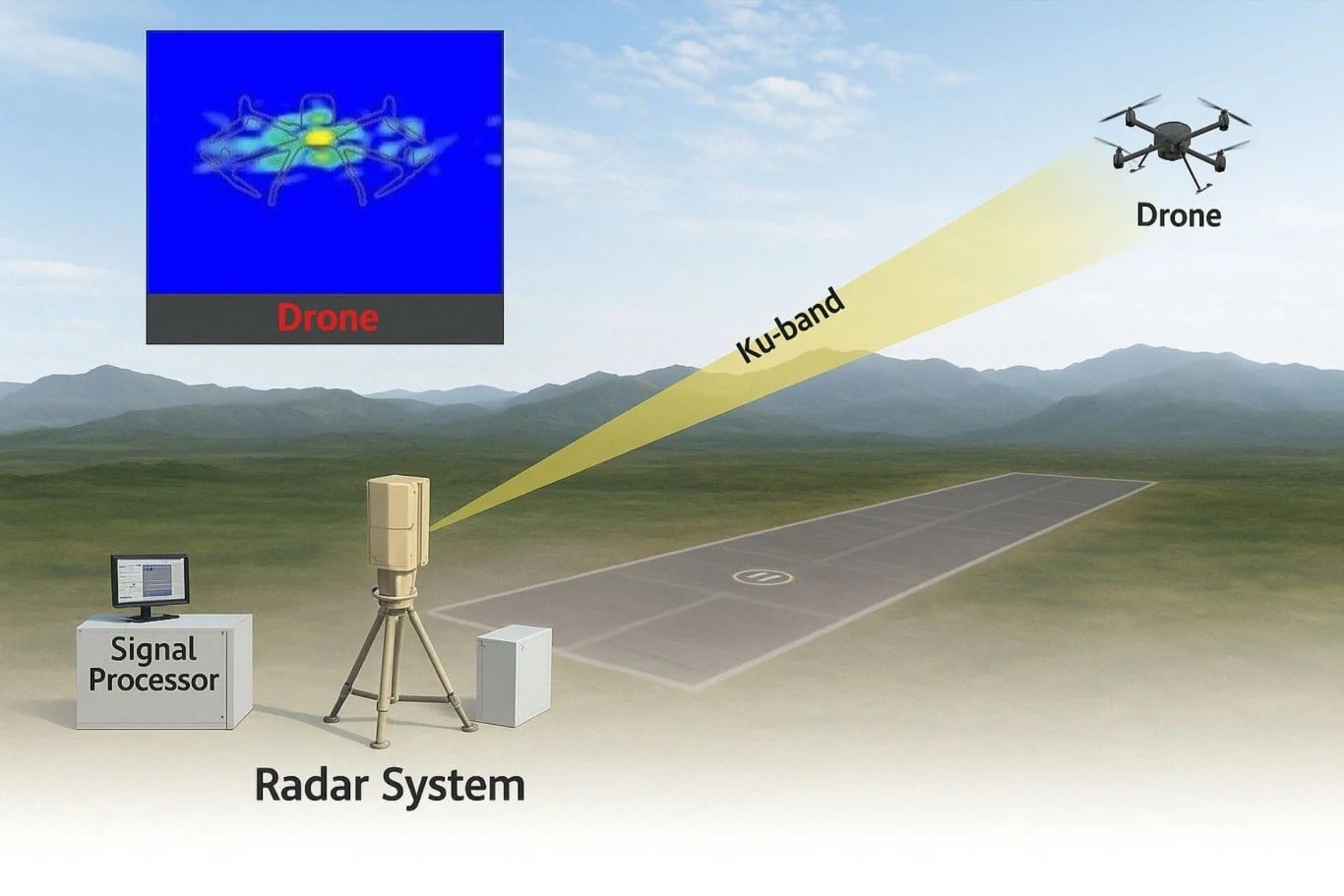 |
| An illustration of the workflow of a new AI-powered photonic radar capable of detecting small UAVs from several kilometers away. Photo: ADD |
According to the Agency for Defense Development (ADD), the test results showed that the radar was capable of successfully detecting small UAVs at long ranges. However, specific details such as the exact distance or the size of the flying vehicles were not disclosed due to military security concerns. Although no specific information was given about the program's roadmap or potential for mass production, the success of the test marks a milestone in the development of domestic solutions to counter emerging airborne threats.
Amid the growing presence of UAVs, the need for a stealthy, fast-response, all-weather detection system has become a strategic priority for Seoul.
In the long run, this technological development will not only strengthen South Korea’s territorial defense capabilities but also strengthen the position of its defense industry. While some countries are investing heavily in next-generation radars and anti-UAV systems, South Korea is demonstrating its intention to maintain strategic technological autonomy.
* India buys 40 more Rafale fighter jets
The Indian defense news portal, Bharat Shakti, recently reported that the Indian Air Force is preparing to buy 40 more Rafale multirole fighters from France through a government-to-government deal. This contract, if finalized, will mark a major step forward in the modernization of the Indian Air Force.
Manufactured by Dassault Aviation of France, the Rafale is a twin-engine multirole fighter designed to be highly effective in air superiority, ground attack, reconnaissance and nuclear deterrence missions.
Powered by two Snecma M88 turbofan engines, each producing 16,860 pounds of thrust, the aircraft can reach speeds of around 2,200km/h and has a combat range of around 1,800km. The Thales RBE2 active electronically scanned array radar enables precise target detection and tracking, while the SPECTRA electronic warfare suite provides robust defense against enemy radars and missiles.
The Rafale’s arsenal includes the Meteor long-range air-to-air missile, capable of engaging targets at ranges of over 160km; the SCALP cruise missile for long-range strikes; and the Exocet anti-ship missile. The Indian version of the Rafale has been customized with 13 specific enhancements, including improved cold-start capability for high-altitude operations and integration of the indigenous Astra Mk1 air-to-air missile. These features make the Rafale uniquely suited to India’s diverse operational needs, from air combat to coastal defense.
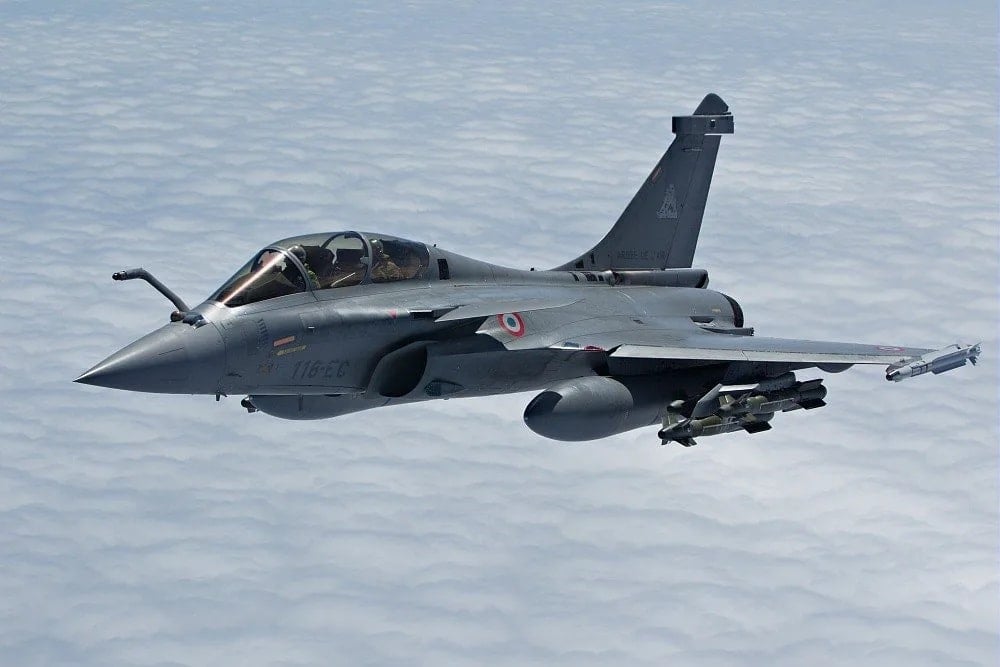 |
| French Rafale multi-role fighter jet. Photo: aviation.com |
The Indian Air Force currently operates 36 Rafales, delivered between 2019 and 2022 under a 2016 contract worth 7.87 billion euros (equivalent to about $9.4 billion at the time).
The proposed purchase of 40 Rafales is aimed at significantly boosting the capabilities of the Indian Air Force. The approved strength is 42 fighter squadrons, but the Indian Air Force currently has only 31 squadrons due to the retirement of more and more old MiG-21s and the delay in the indigenous production of HAL Tejas.
Adding four more Rafale squadrons would not completely close this gap but would be an important interim solution, allowing India to maintain deterrence while pursuing long-term indigenous solutions.
TRAN HOAI (synthesis)
* Today's World Military column on the People's Army Electronic Newspaper sends readers the latest information on world military security and defense activities in the past 24 hours.
Source: https://baodaknong.vn/quan-su-the-gioi-hom-nay-20-4-nga-ra-mat-he-thong-phong-uav-cam-tu-geran-2-249980.html


![[Photo] General Secretary To Lam and international leaders attend the parade celebrating the 80th anniversary of the victory over fascism in Russia](https://vphoto.vietnam.vn/thumb/1200x675/vietnam/resource/IMAGE/2025/5/9/4ec77ed7629a45c79d6e8aa952f20dd3)
![[Photo] Prime Minister Pham Minh Chinh chairs a special Government meeting on the arrangement of administrative units at all levels.](https://vphoto.vietnam.vn/thumb/1200x675/vietnam/resource/IMAGE/2025/5/9/6a22e6a997424870abfb39817bb9bb6c)
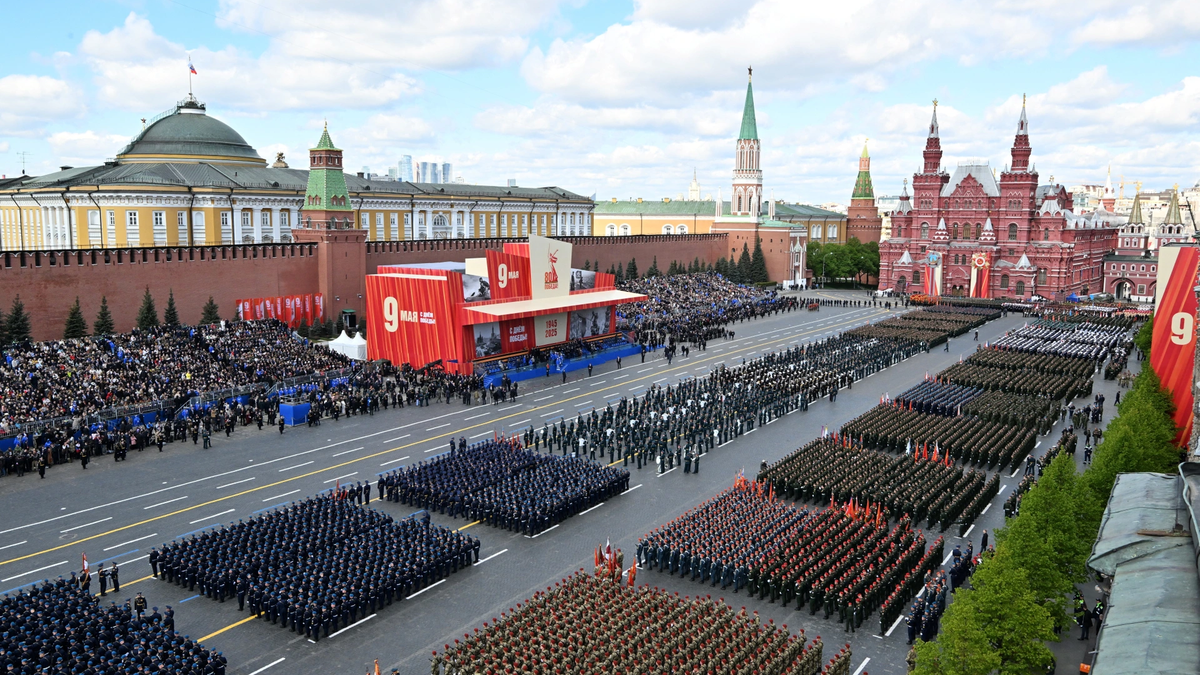
![[Photo] Magical moment of double five-colored clouds on Ba Den mountain on the day of the Buddha's relic procession](https://vphoto.vietnam.vn/thumb/1200x675/vietnam/resource/IMAGE/2025/5/9/7a710556965c413397f9e38ac9708d2f)
![[Photo] Russian military power on display at parade celebrating 80 years of victory over fascism](https://vphoto.vietnam.vn/thumb/1200x675/vietnam/resource/IMAGE/2025/5/9/ce054c3a71b74b1da3be310973aebcfd)
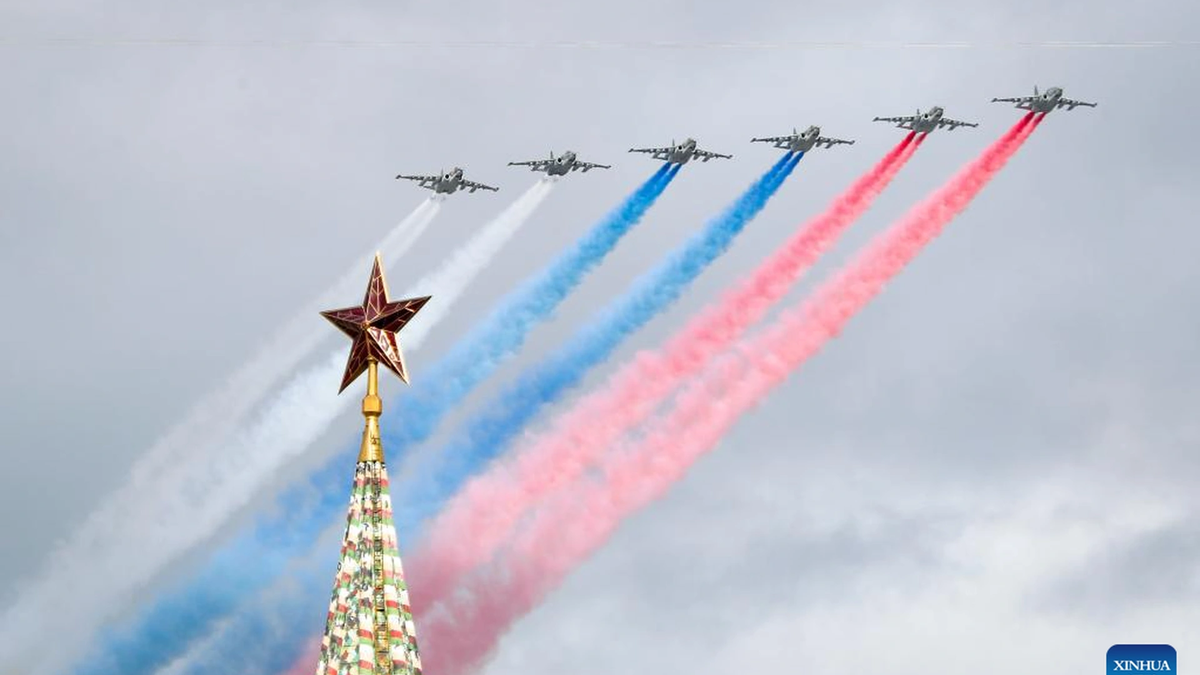




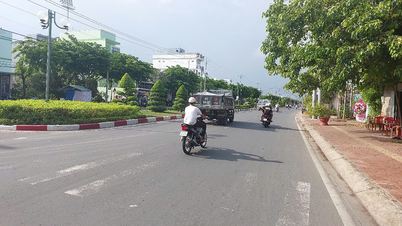










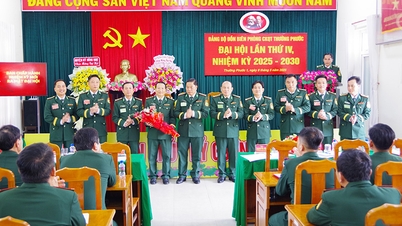
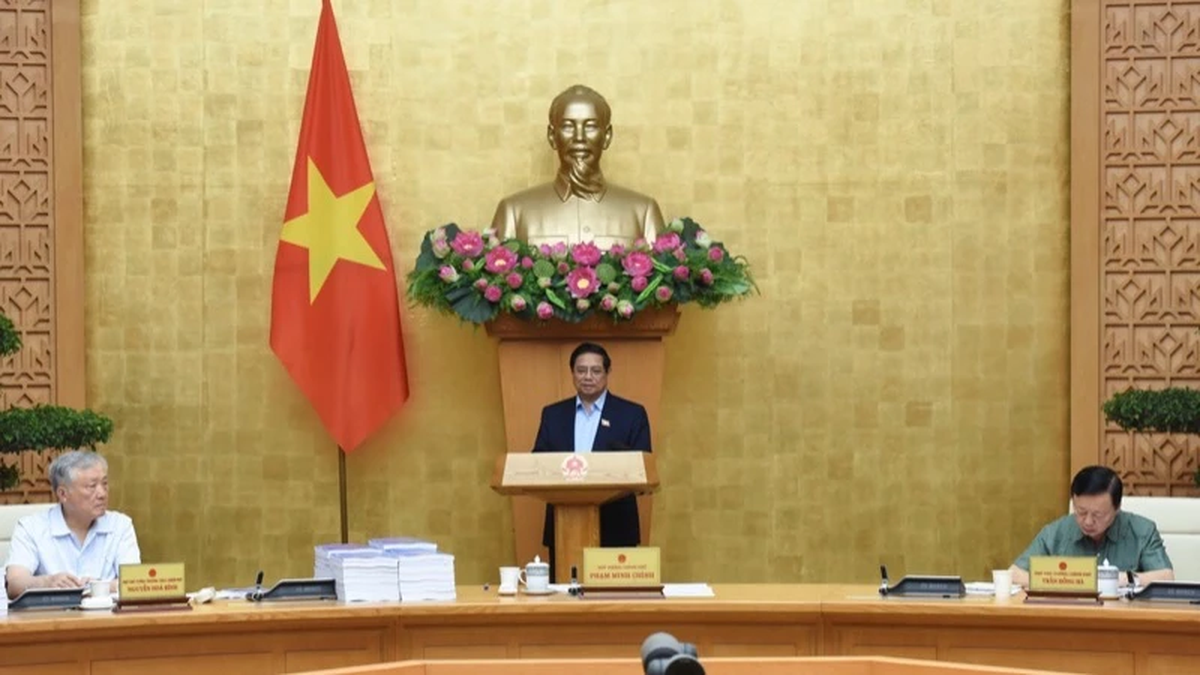















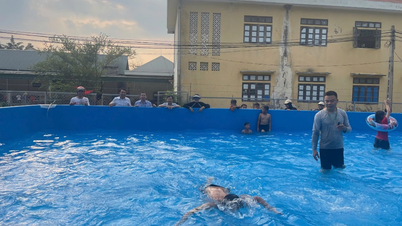












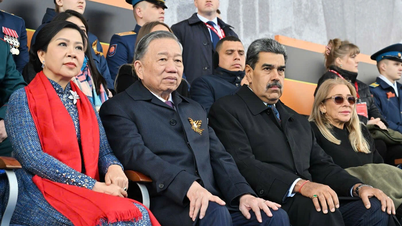
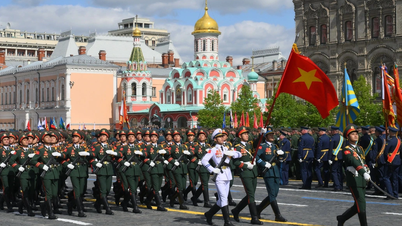

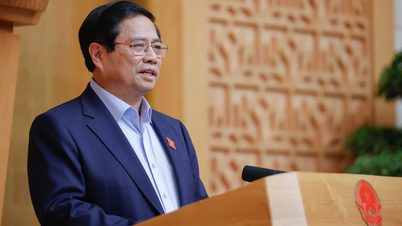
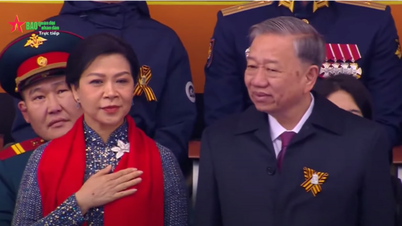


















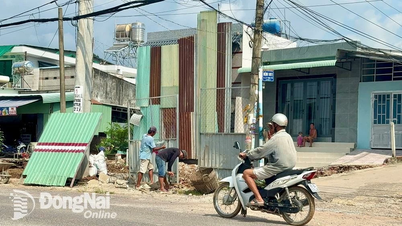












Comment (0)